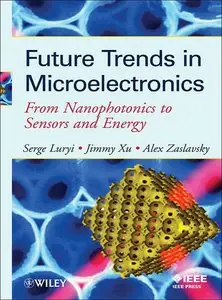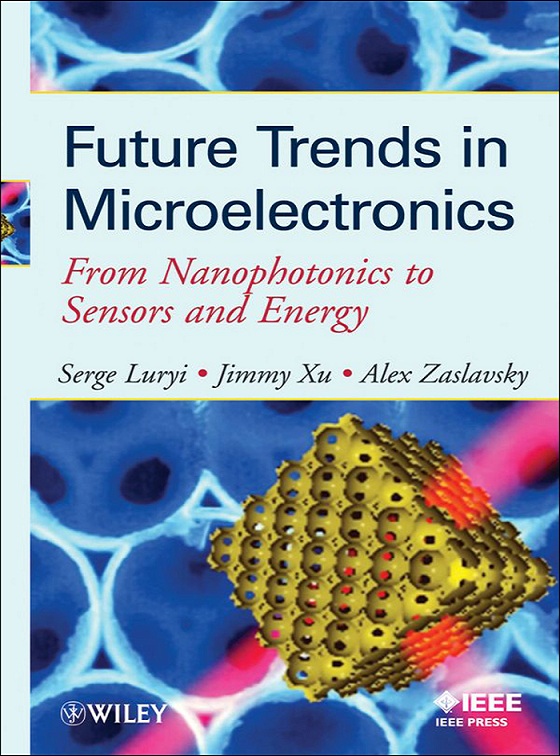Serge Luryi, Jimmy Xu, Alexander Zaslavsky, "Future Trends in Microelectronics: From Nanophotonics to Sensors to Energy"
English | 2010 | ISBN: 0470551372 | 431 pages | PDF | 10,5 MB
English | 2010 | ISBN: 0470551372 | 431 pages | PDF | 10,5 MB
A holistic vision of semiconductor microelectronics, from the present to the future
In the summer of 2009, leading professionals from industry, government, and academia gathered for a free-spirited debate on the future trends in microelectronics. This volume represents the summary of their contributions. Providing a cohesive exploration and holistic vision of the field, it features thirty-four chapters from experts all over the world, in far-ranging disciplines within microelectronics—from energy (photovoltaic and otherwise) to semiconductor device–based remote sensing and beyond.
Through detailed examination of the current state of the field and the direction in which it is headed, the contributors answer such questions as:
What is the future beyond shrinking silicon devices and the field-effect transistor principle?
Are alternative materials, ranging from graphene to magnetic semiconductors to chalcogenides, likely to reach technological insertion?
Is there practicality in fashionable topics like quantum computing, synaptic computing, spintronics, and superconducting computing?
What are the most attractive system applications of optoelectronic hybrids?
Are there green pastures beyond the traditional semiconductor technologies?
Is energy-related research likely to boost the prospects of the microelectronics industry?
By identifying the scenario for the future evolution of microelectronics, this title presents a tremendous opportunity for constructive action on behalf of microelectronics professionals; researchers in communications, solid state physics, electronics and materials science; government policymakers and planners; and investors and consultants. It offers both professionals and students an informed, broad, and forward-looking overview of the entire field.



